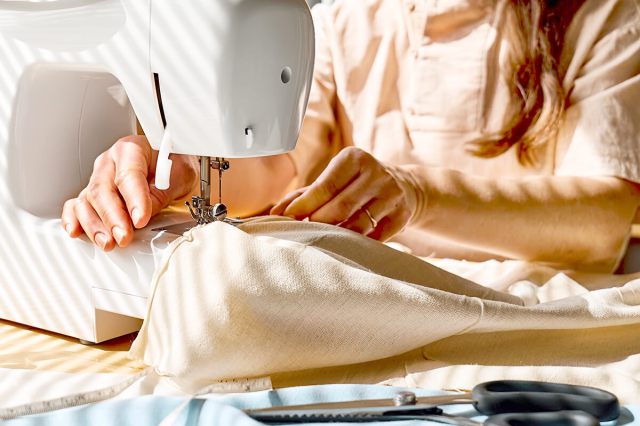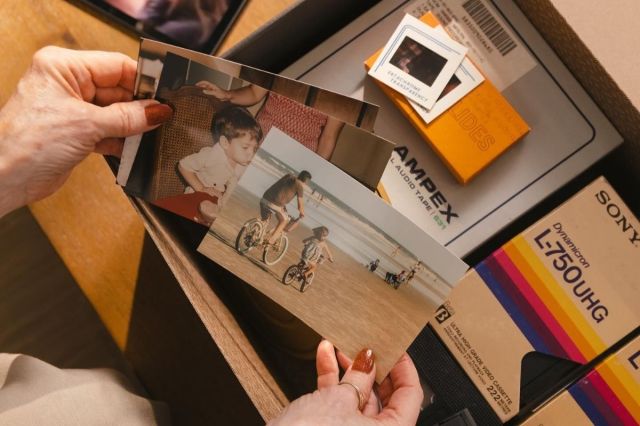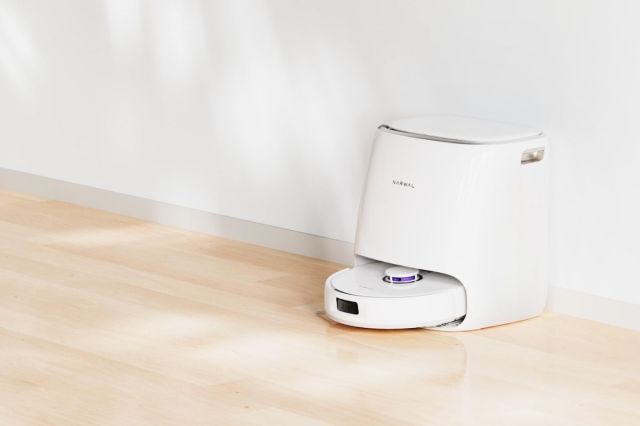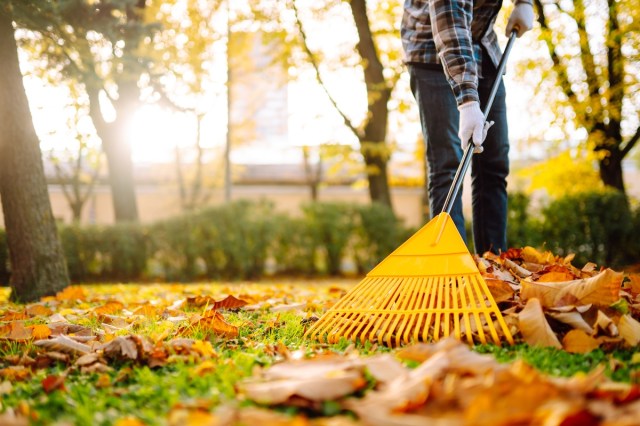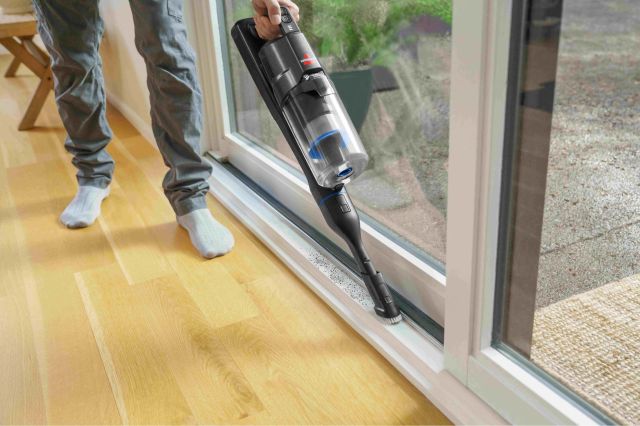All featured products and deals are selected independently and objectively by the author. Better Report may receive a share of sales via affiliate links in content.
I’ve been sewing for 13 years, from altering existing pieces to crafting entire outfits. Learning to sew has numerous benefits. You’ll craft a bespoke clothing collection suited to your individual style, budget, and body measurements, but you also boost your mood while gaining cognitive skills and confidence. It’s nice when someone complements any outfit, but it feels great to say, “Thank you. I made it myself.” Knowing where to start, however, can feel daunting. Eventually, you’ll amass different accessories and specialty tools, but these 10 items are the only things you truly need to set off on your sewing journey. Ready to have fun, learn new skills, and have a wardrobe of beautiful well-fitting clothes?
Prices are accurate as of October 16, 2024. Subject to change.
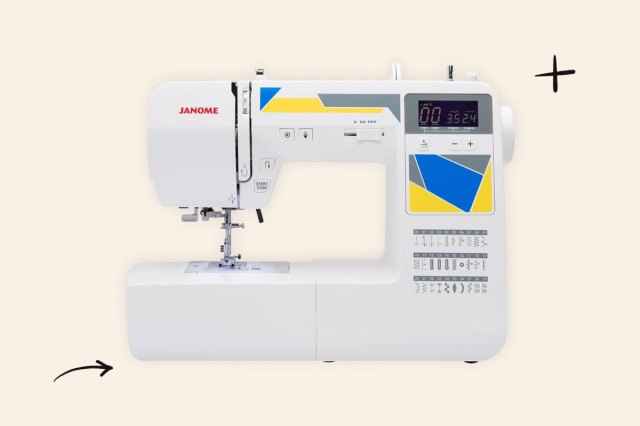
A Sewing Machine
Don’t let the wealth of sewing machine options overwhelm you. All modern sewing machines operate similarly, whether you choose a mechanical one or a computerized one. There’s really no such thing as a “beginner’s sewing machine” in terms of sewing ability. The difference is usually the number of built-in stitches and functions. The more there are, the more a machine typically costs. It’s easy to be wooed by all the options, but you actually only need a straight, zigzag, and buttonhole stitch. After that, it’s a question of budget.
I’d personally opt for a computerized machine if you plan to sew long-term. The Janome MOD-30 computerized sewing machine has an easy-to-use interface for selecting your stitch and stitch length, making it great for beginners. With 30 built-in stitches, including three buttonhole options, it has everything you need as you advance your skills, and the speed selector will help you go from a slow and steady beginner to a faster, advanced sewer.
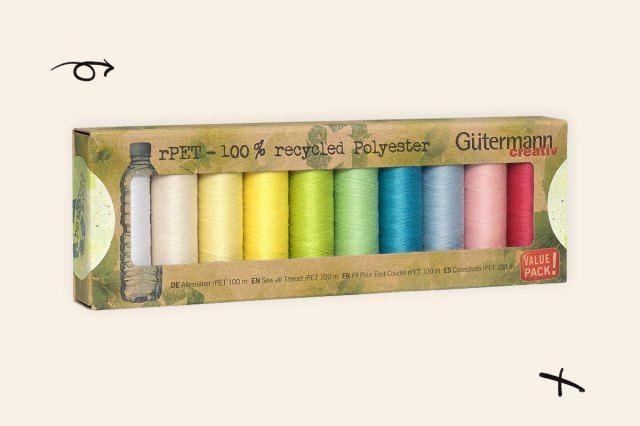
Thread
Your machine will come with a bobbin and a few needles, so you just need to provide the thread — polyester thread is suitable for most sewing projects. Some cheaper threads can snap mid-stitch, but I’ve always found Gutermann brand to be reliable and easy to sew with. This particular 10-spool sew-all set is made from 100% recycled polyester. It’s a great environmentally-friendly option as everything from the actual thread to the ink on the packaging is recycled. A set is a cost-effective way to buy multiple colors, so it’s better for you too.
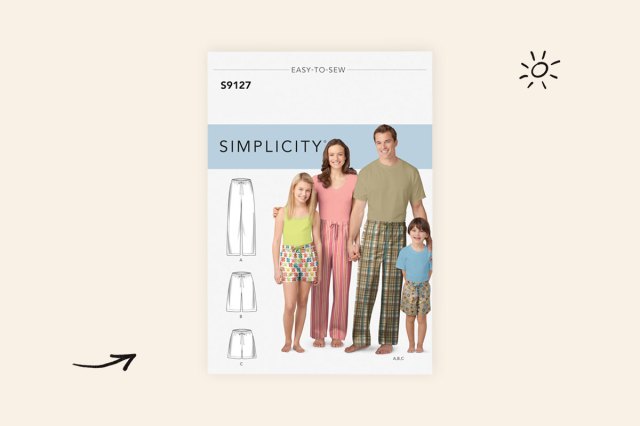
A Pattern
Thanks to the wealth of both paper and PDF patterns available from a wide range of designers, there’s never been a better time to start sewing your own clothes in terms of garment-making options. You might be dreaming of impressing everyone with a knock-out dress as your first sewing project, but it can be disheartening as a beginner to throw yourself in too deeply with a project that involves numerous new skills.
I always recommend a pair of pajama bottoms as an ideal beginner garment for numerous reasons: you’ll get lots of wear out of them, they have minimal features, and require little fitting. My go-to pattern when teaching beginners is Simplicity 1520. It’s an easy pattern with an extensive size range that covers young children, teens, and adults. You can make a pair for everyone in the family as you hone your measuring and size selection skills!
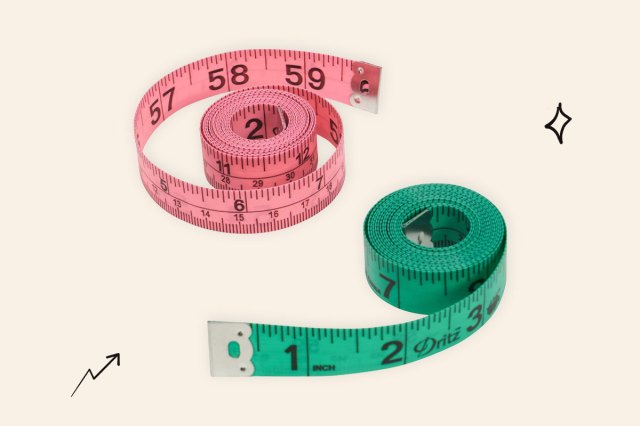
A Tape Measure
You can’t do that all-important measuring without a tape measure. Simple and affordable, this humble tool will be one of the most used items in your sewing box. Plus, you get to drape it around your neck, making you look and feel like a pro! The Dritz 60-inch Fashion Color Tape Measure comes in various bright colors, so it’s easy to find wherever you leave it.
Reader Favorites
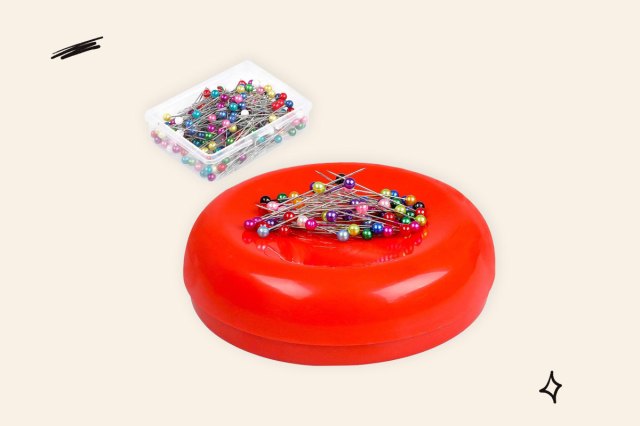
Pins
Pins are another low-priced but hardworking piece of your sewing toolkit. Once you’ve cut out the paper pattern pieces, you’ll need pins to easily and effectively secure them to your fabric while you cut them out. You’ll also need them to hold your seams in place before you stitch them together. Save time and money by buying pins with a magnetic pin tray, which provides a convenient place to quickly throw them as you sew.
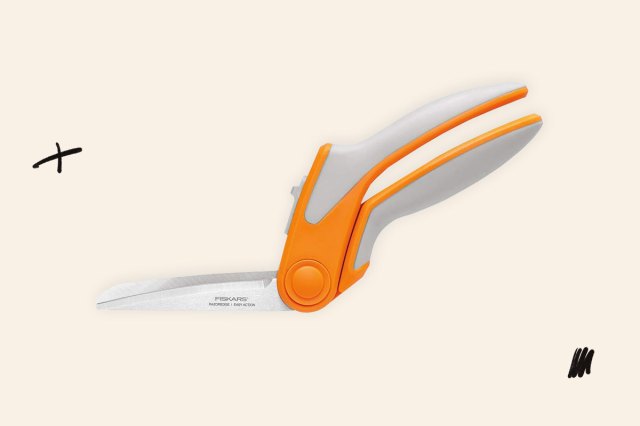
Fabric Scissors
When it comes to cutting out the pattern pieces from your chosen fabric, it’s time to reach for scissors specifically designed for the task. Fabric scissors are not the all-purpose pair going rusty in your kitchen drawer. My favorite pair is the Fiskars Razor Edge Easy Action Fabric Shears for both their comfort and their crisp cutting of various fabric types. These shears were awarded the Arthritis Foundation Ease-of-Use Commendation and it’s easy to see why. They limit hand fatigue through the spring-action design and the unique handle, which helps to keep the fabric flat as you cut and is contoured to fit the shape and natural movement of your hand. They’re so comfortable to use that you might be tempted to use them on things other than your fabric, but please don’t! You’ll quickly dull the blade.
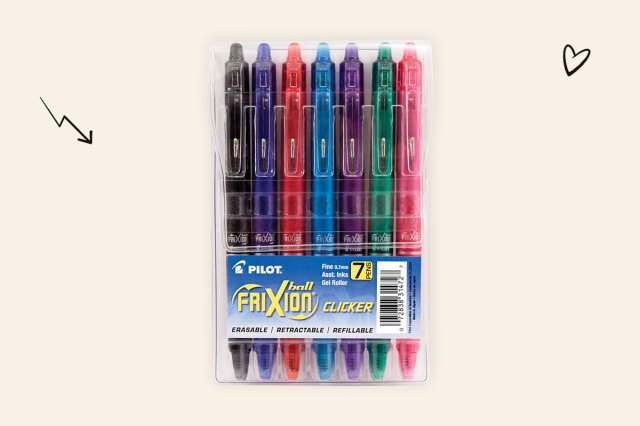
Fabric Pens
You’ll need to transfer important information from the paper pattern to your chosen fabric. Nowadays, a quick and easy way to do this is with an erasable pen that disappears under the heat of an iron. You’ll probably want them in a few different colors to show up on different fabrics, so a multicolor pack is more cost-effective. FriXion Erasable pens weren’t designed specifically for fabric, but I have found them to be fantastic for quick and easy marking that always disappears. Plus, you don’t have to deal with fabric chalk all over your fingers or smudging as you move your fabric around.
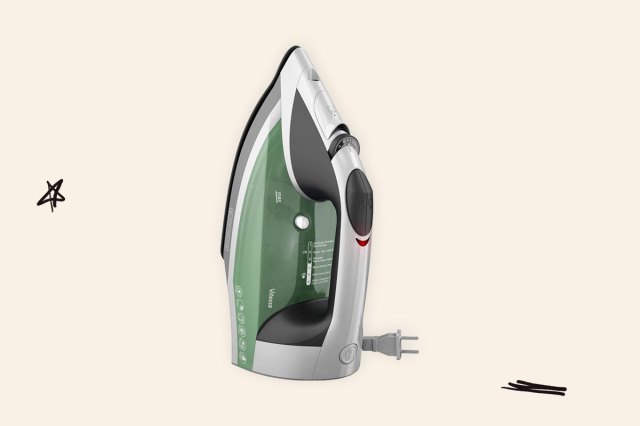
An Iron
You can’t make high-quality clothes without reaching for the iron throughout the process. There’s a big difference between a garment with well-pressed seams and darts and one that hasn’t seen an iron — you wouldn’t want to wear the latter. How much to spend on an iron comes down to your budget. You’ll use it a lot, so it’s worth getting the best you can, but even a great iron isn’t too expensive. I like the Black and Decker Vitessa Advanced Steam Iron for its clear fabric setting display, as you definitely don’t want to risk damaging your much-loved handmade garments.
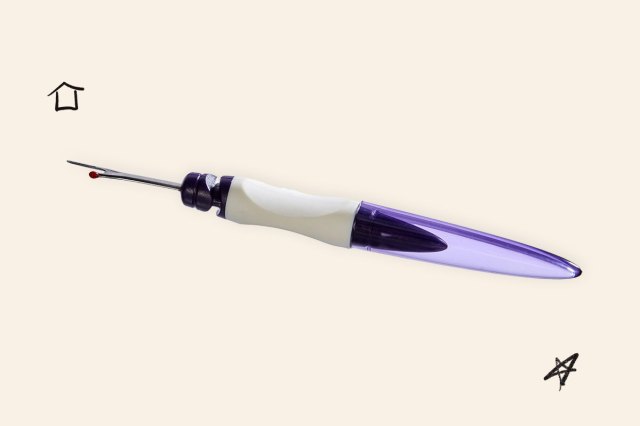
A Seam Ripper
It’s inevitable that there’ll be a few mistakes along the way. It’s all part of the learning process and happens to even the most experienced of sewers. The good news is most can be fixed with a seam ripper. Sewing machines come with a tiny one as part of the accessories pack, but it’s rather small and uncomfortable to hold (and sometimes even find!). It’s worth investing in a more ergonomically designed one like this one from Prym. When you have to use it, just take it slow and resist the urge to quickly rip. You want to cut the thread, not the fabric.
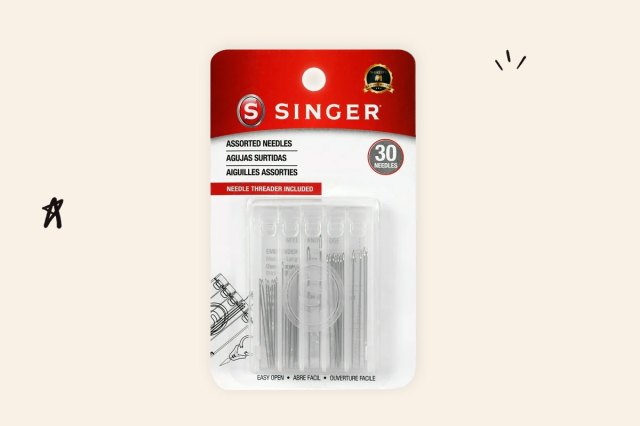
Hand-Sewing Needles
The vast majority of your stitching will be done on your sewing machine. However, there will be times when hand stitching is preferable, like if you want an invisible hem or your machine doesn’t have a function to sew on buttons. Again, a set is your money-saving friend and this set from Singer has 30 assorted needles which are easy to access. It also comes with a handy needle threader which will save you lots of time (and frustration!).
Feature Image Credit: Caterina Trimarchi/ Shutterstock
More From Our Network
Better Report is part of Inbox Studio, which publishes content that uplifts, informs, and inspires.
